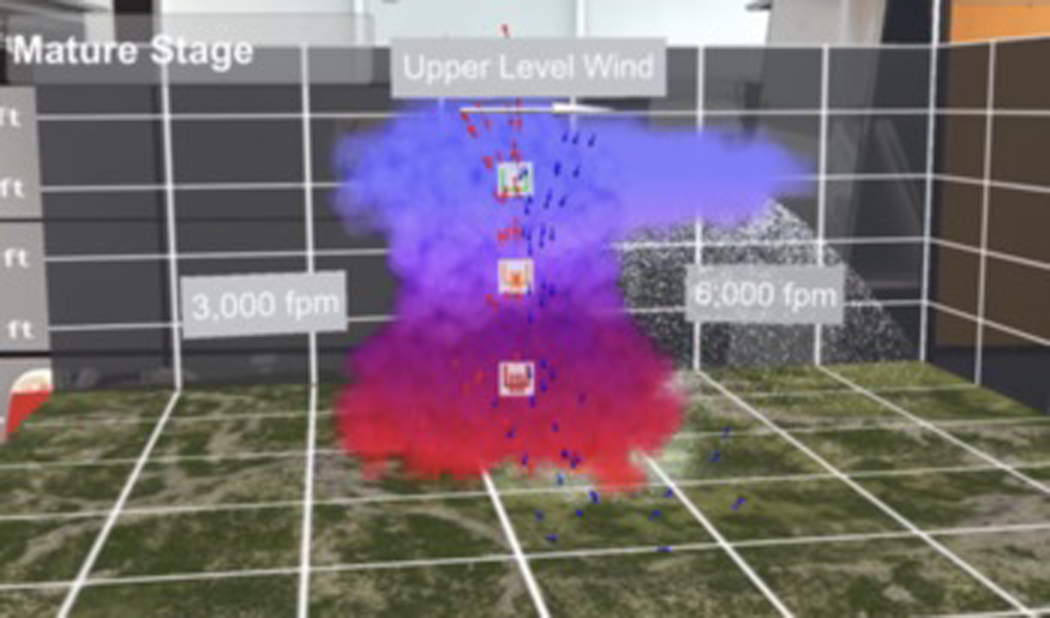References
1JohnsonN. F.KatzenbeisserS.KatzenbeisserS.PetitcolasF.A survey of steganographic techniquesInformation Hiding Techniques for Steganography and Digital Watermarking2000Vol. 355Artech HouseNorwood, MA437843–78
2MorkelT.EloffJ. H.OlivierM. S.An overview of image steganographyISSA2005Vol. 1University of PretoriaPretoria1111–11
3ChanC.-K.ChengL.2004Hiding data in images by simple LSB substitutionPattern Recognit.37469474469–7410.1016/j.patcog.2003.08.007
4SugathanS.An improved LSB embedding technique for image steganography2016 2nd Int’l. Conf. on Applied and Theoretical Computing and Communication Technology (iCATccT)2016IEEEPiscataway, NJ609612609–1210.1109/ICATCCT.2016.7912072
5EiT.NiimiM.NodaH.KawaguchiE.A study on data hiding of the BPCS-steganographyTechnical Report of IEICE PRMU1998Vol. 98IEICETokyo181188181–8
6WestfeldA.MoskowitzI. S.F5—a steganographic algorithmInformation Hiding2001SpringerCham289302289–30210.1007/3-540-45496-9_21
7HolubV.FridrichJ.DenemarkT.Universal distortion function for steganography in an arbitrary domainEURASIP J. Information Security2014SpringerCham
8OnumaK.MiyataS.A proposal for correlation-based steganography using Shamir’s secret sharing scheme and DCT domain2021 Int’l. Conf. on Information Networking (ICOIN)2021IEEEPiscataway, NJ255260255–6010.1109/ICOIN50884.2021.9333925
9FillerT.FridrichJ.Gibbs construction in steganographyTrans. Info. For. Sec.5705720705–2010.1109/TIFS.2010.2077629
10WangJ.YangC.WangP.Song,X.LuJ.2020Payload location for JPEG image steganography based on co-frequency sub-image filteringInt. J. Distrib. Sensor Netw.161550147719899569
11OnumaK.MiyataS.A study of steganography based on error correction code and secret sharing scheme2020 3rd Int’l. Conf. on Signal Processing and Information Security (ICSPIS)2020IEEEPiscataway, NJ141–410.1109/ICSPIS51252.2020.9340154
12OnumaK.MiyataS.An improved intensity factor of correlation-based steganography using M-sequence and DCTSN Comput. Sci.5
13ZhangY.LuoX.YangC.YeD.LiuF.A JPEG-compression resistant adaptive steganography based on relative relationship between dct coefficients2015 10th Int’l. Conf. on Availability, Reliability and Security2015IEEEPiscataway, NJ461466461–610.1109/ARES.2015.53
14QiaoT.WangS.LuoX.ZhuZ.2021Robust steganography resisting JPEG compression by improving selection of cover elementSignal Process.18310804810.1016/j.sigpro.2021.108048
15AnsariA. S.MohammadiM. S.ParvezM. T.2019A comparative study of recent steganography techniques for multiple image formatsInt. J. Comput. Netw. Inf. Secur.11112511–2510.5815/ijcnis.2019.01.02
16NiimiM.
17KodaH.FurutaH.A study on correlation type watermarking scheme for images with RDS embedding in DCT domainBulletin of the University of Electro-Communications2018Vol. 30UECTokyo627062–70
18SubramanianN.ElharroussO.Al-MaadeedS.BouridaneA.2021Image steganography: A review of the recent advancesIEEE Access9234092342323409–2310.1109/ACCESS.2021.3053998
19WangZ.ByrnesO.WangH.SunR.MaC.ChenH.WuQ.XueM.2023Data hiding with deep learning: a survey unifying digital watermarking and steganographyIEEE Trans. Comput. Soc. Syst.10298529992985–9910.1109/TCSS.2023.3268950
20WencuiY.TinggeZ.YingL.A review of deep learning based image steganography methods2024 6th Int’l. Conf. on Natural Language Processing2024IEEEPiscataway, NJ630637630–710.1109/ICNLP60986.2024.10692322
21QinJ.WangJ.TanY.HuangH.Xiang,X.HeZ.2020Coverless image steganography based on generative adversarial networkMathematics8139410.3390/math8091394
22TaoJ.LiS.ZhangX.WangZ.2019Towards robust image steganographyIEEE Trans. Circuits Syst. Video Technol.29594600594–60010.1109/TCSVT.2018.2881118
23DuanX.LiB.YinZ.ZhangX.LuoB.2023Robust image steganography against lossy JPEG compression based on embedding domain selection and adaptive error correctionExpert Syst. Appl.22912041610.1016/j.eswa.2023.120416
24KonyarM. Z.ÖztürkS.2020Reed solomon coding-based medical image data hiding method against salt and pepper noiseSymmetry1289910.3390/sym12060899
25ZhangY.QinC.ZhangW.LiuF.LuoX.2018On the fault-tolerant performance for a class of robust image steganographySignal Process.1469911199–11110.1016/j.sigpro.2018.01.011
26MiyataS.Detection of secret information in the processing of multimedia informationComputing, Institution of Engineering and Technology2023ElsevierAmsterdam275027–50
27AikawaM.MiyataS.HirotsuguK.
28PevnyT.FridrichJ.2008Multiclass detector of current steganographic methods for JPEG formatIEEE Trans. Inf. Forensics Secur.3635650635–5010.1109/TIFS.2008.2002936
29KodaH.KaminusiK.2011On a correlation-based scheme of digital watermarking for images exploiting 2-D LOTBull. Univ. Electro-Commun.231101–10
30
31MartinD.FowlkesC.TalD.MalikJ.A database of human segmented natural images and its application to evaluating segmentation algorithms and measuring ecological statisticsProc. Eighth IEEE Int’l. Conf. on Computer Vision2001Vol. 2IEEEPiscataway, NJ416423416–2310.1109/ICCV.2001.937655
32ZhangK. A.Cuesta-InfanteA.XuL.VeeramachaneniK.
33VarmaD. R.2012Managing DICOM images: Tips and tricks for the radiologistIndian J. Radiology Imaging224134–1310.4103/0971-3026.95396
34K.P.JaitlyV.Securing medical images using compression techniques with encryption and image steganography2023 3rd Int’l. Conf. on Intelligent Technologies (CONIT)2023IEEEPiscataway, NJ171–710.1109/CONIT59222.2023.10205855
35FridrichJ.PevnýT.KodovskýJ.Statistically undetectable JPEG steganography: dead ends challenges, and opportunitiesProc. 9th Workshop on Multimedia & Security MMSec ’072007Association for Computing MachineryNew York, NY3143–1410.1145/1288869.1288872
36KodovskyJ.FridrichJ.HolubV.2011Ensemble classifiers for steganalysis of digital mediaIEEE Trans. Inf. Forensics Secur.7432444432–4410.1109/TIFS.2011.2175919

 Find this author on Google Scholar
Find this author on Google Scholar Find this author on PubMed
Find this author on PubMed
 Open access
Open access